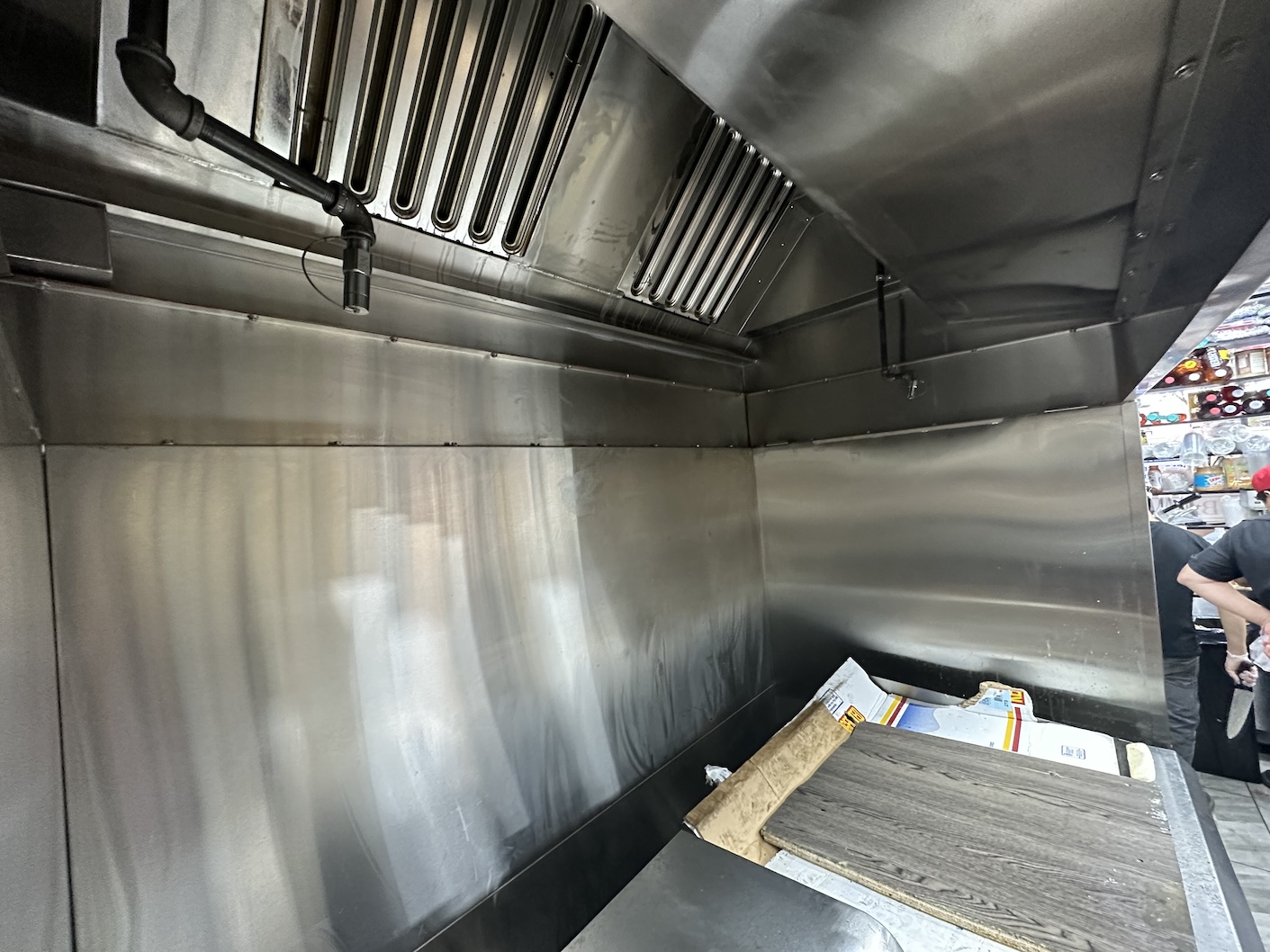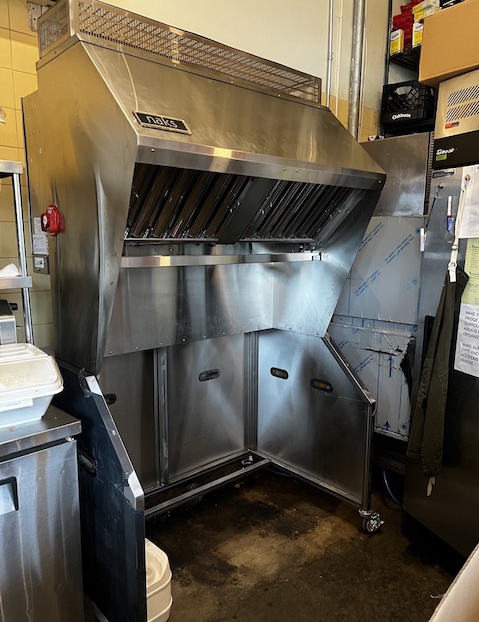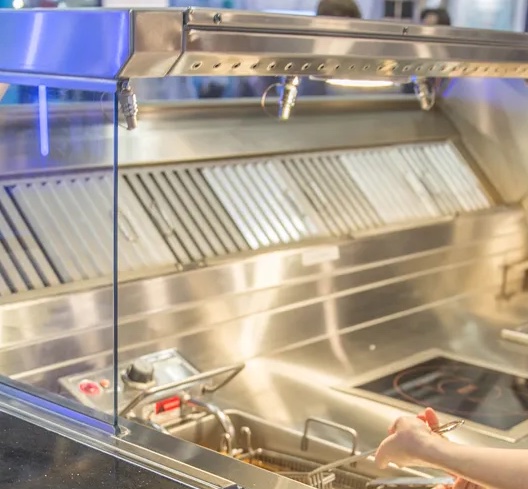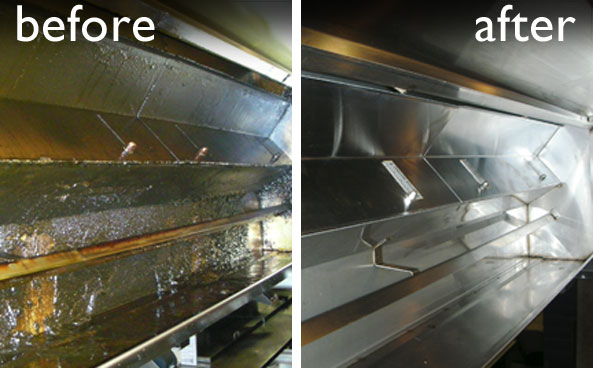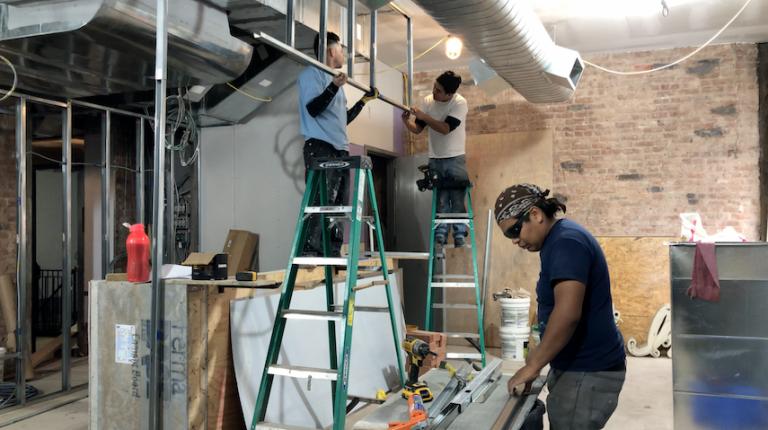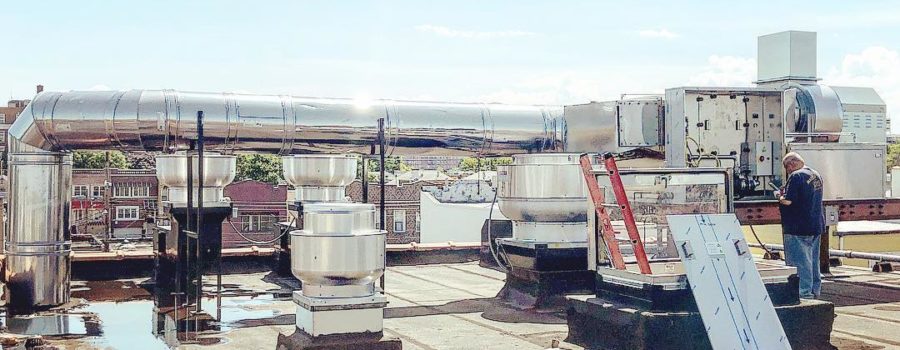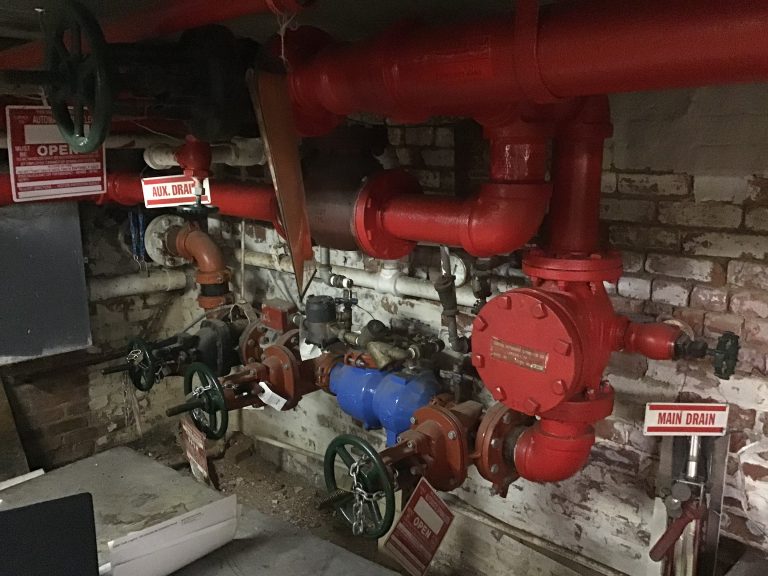Ventless Kitchen Hood System Installation And Cost NYC
Ventless Kitchen Hood System Installation And Cost
Let’s take a look at the current popularity of ventless hoods in commercial kitchens in New York City, and what makes these systems so important to restaurant owners.
